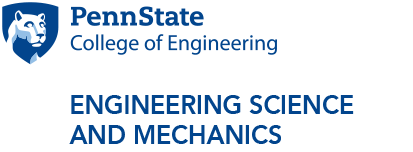Dielectric science on today’s devices
Abstract: Historically SiO2 was the main driver as the transistor gate dielectric in CMOS technology. Once the thickness of SiO2 reached the onset of direct tunneling region (<1.5 nm) HfO2 -based high-k insulators were introduced to suppress the direct-tunneling leakage current. The evolution of dielectric science in nanoelectronics will be presented. The transistor has transformed from a planar device to a three-dimensional device to a gate all around device. Several applications of high-k dielectrics have emerged including ferroelectric FETs and resistive random-access memory (ReRAM) devices that are being investigated for possible implementation of artificial intelligence hardware. The electrical performance in these devices depends on the dielectric deposition process, precise selection of deposition parameters, pre-deposition surface treatments and subsequent thermal budget. By doping HfO2 with ZrO2 and modifying the structural phase provides higher dielectric constant than the standard amorphous or monoclinic phase. By considering the interface reaction kinetics and thermal budget various atomic layer deposition (ALD) schemes were identified to get a stable dielectric with a robust interface. The deposition of Hf1-xZrxO2 on both silicon and germanium, a higher mobility channel material, will be discussed. The reliability characterization of these dialectics based on dielectric- semiconductor interface will also be discussed. Furthermore, the switching mechanism in transition metal oxides like HfO2 in ReRAM devices, where a conducting filament path is formed due to oxygen vacancy transition/formation, will also be discussed.
Bio: Prof. Durga Misra is a Professor in the ECE Department at New Jersey Institute of Technology. His research interests are in the areas of nanometer CMOS gate stacks and device reliability. He is Fellow of IEEE and is a Distinguished Lecturer of IEEE EDS. He is, also, a Fellow of the Electrochemical Society (ECS). He received the Thomas Collinan Award from the DS&T Division and the EPD Divisional Award from ECS. He has edited more than 45 books and conference proceedings and published more than 200 technical articles in peer reviewed Journals and in International Conference proceedings. He received the M.S. and Ph.D. degrees in electrical engineering from the University of Waterloo, Waterloo, ON, Canada, in 1985 and 1988, respectively.
Additional Information:
For Zoom information and password, please contact Lisa Spicer at lms8@psu.edu
Media Contact: Lisa Spicer



